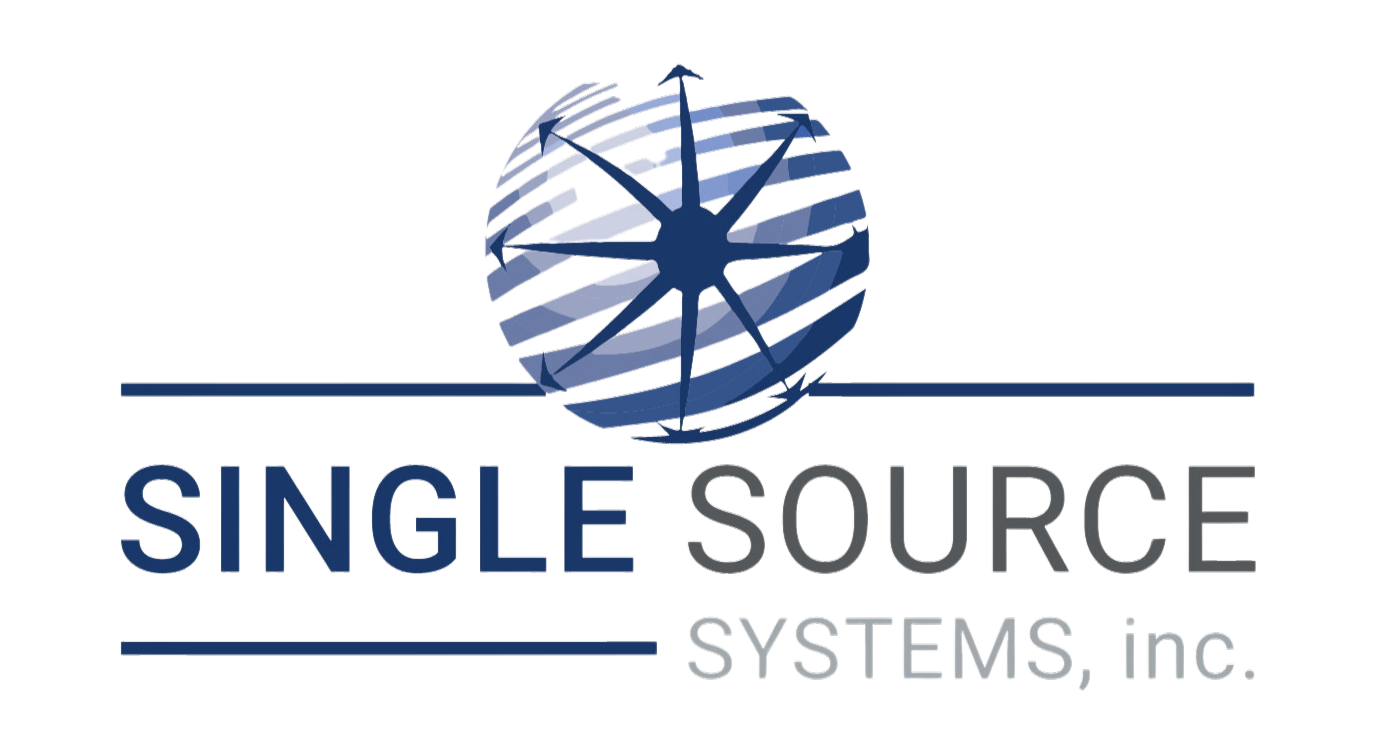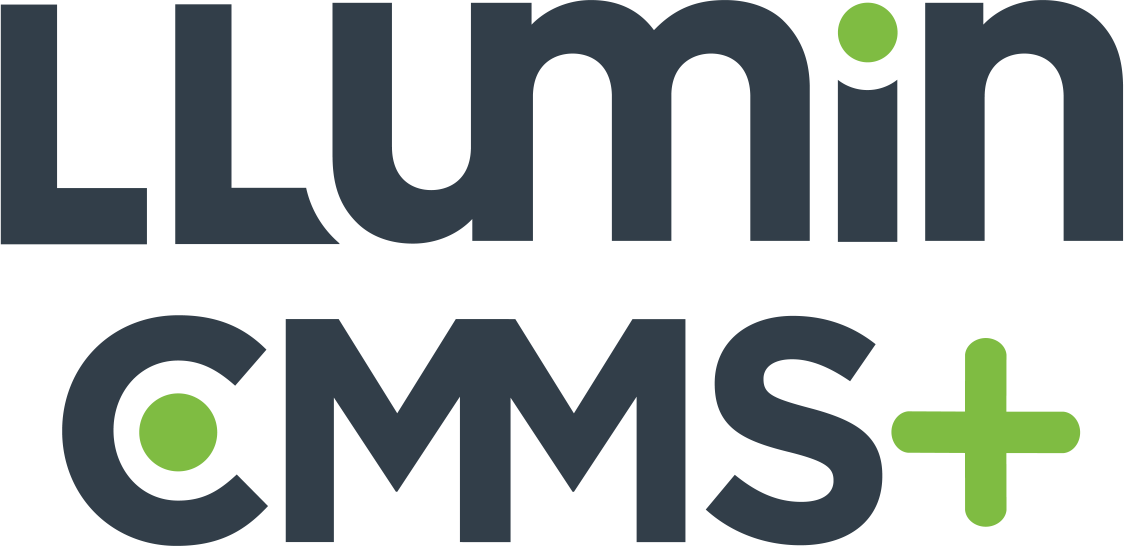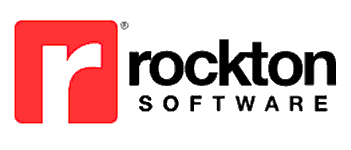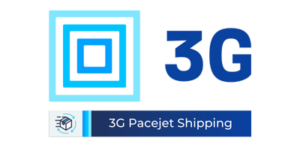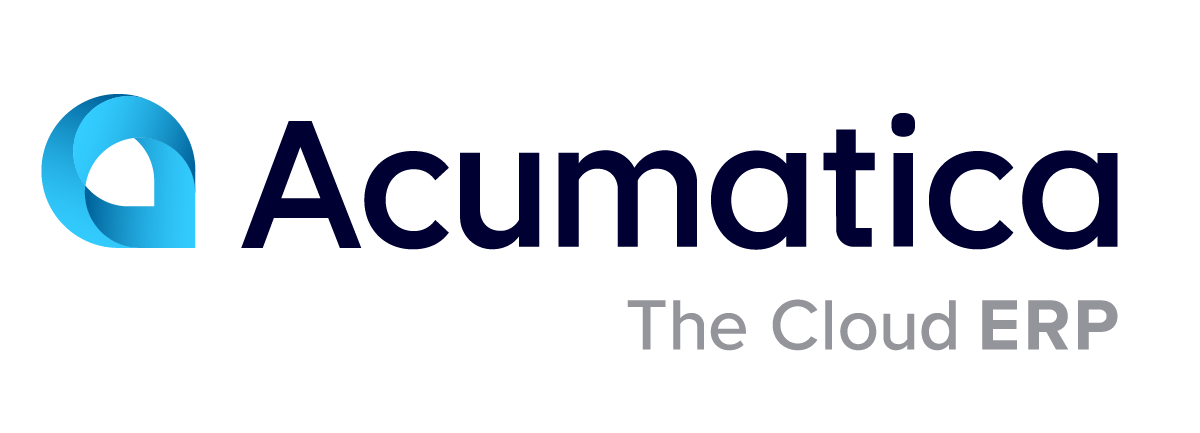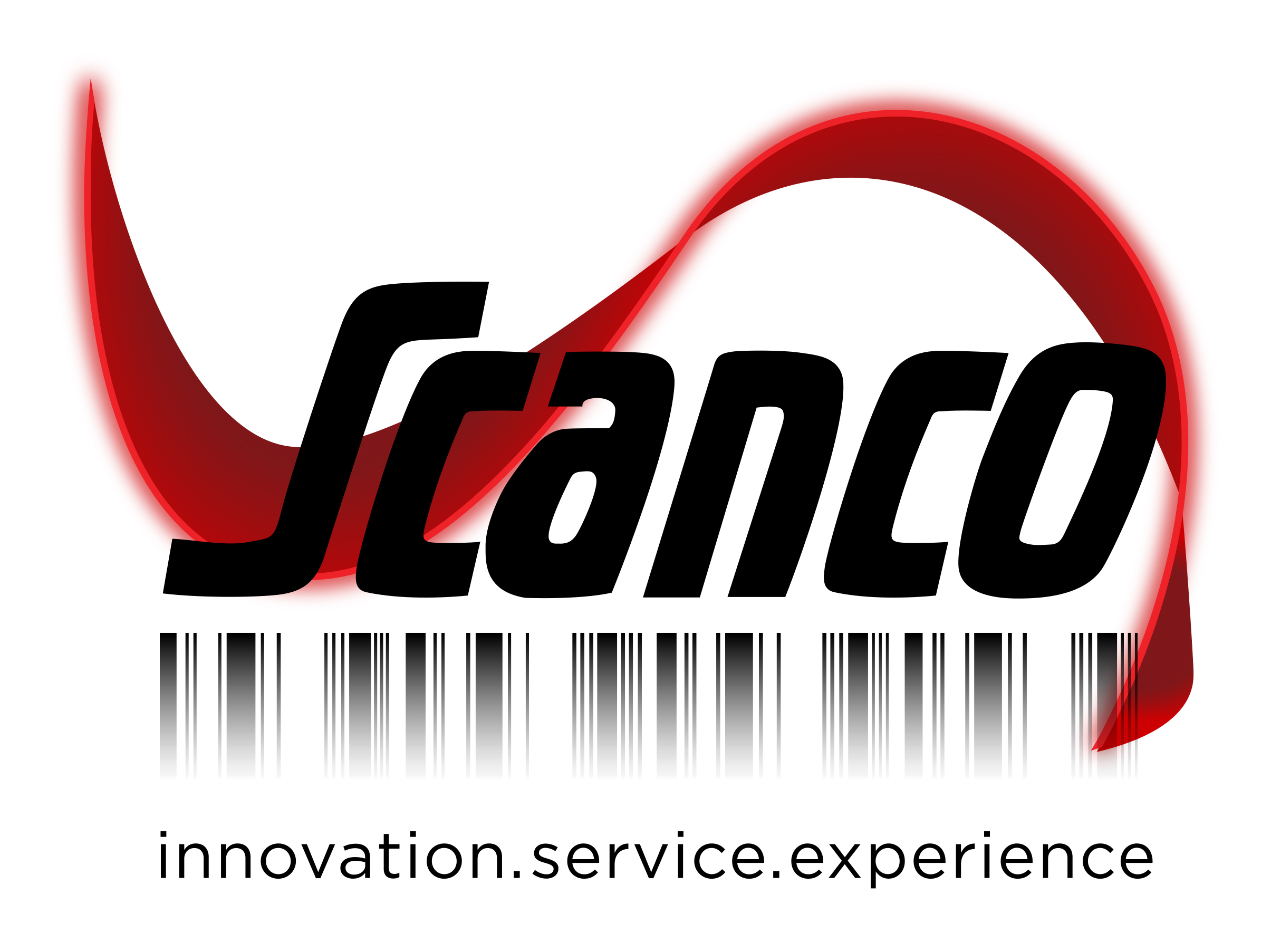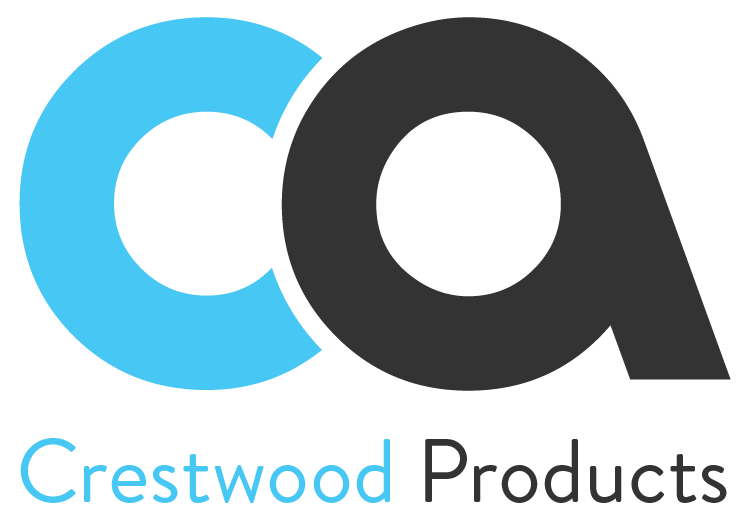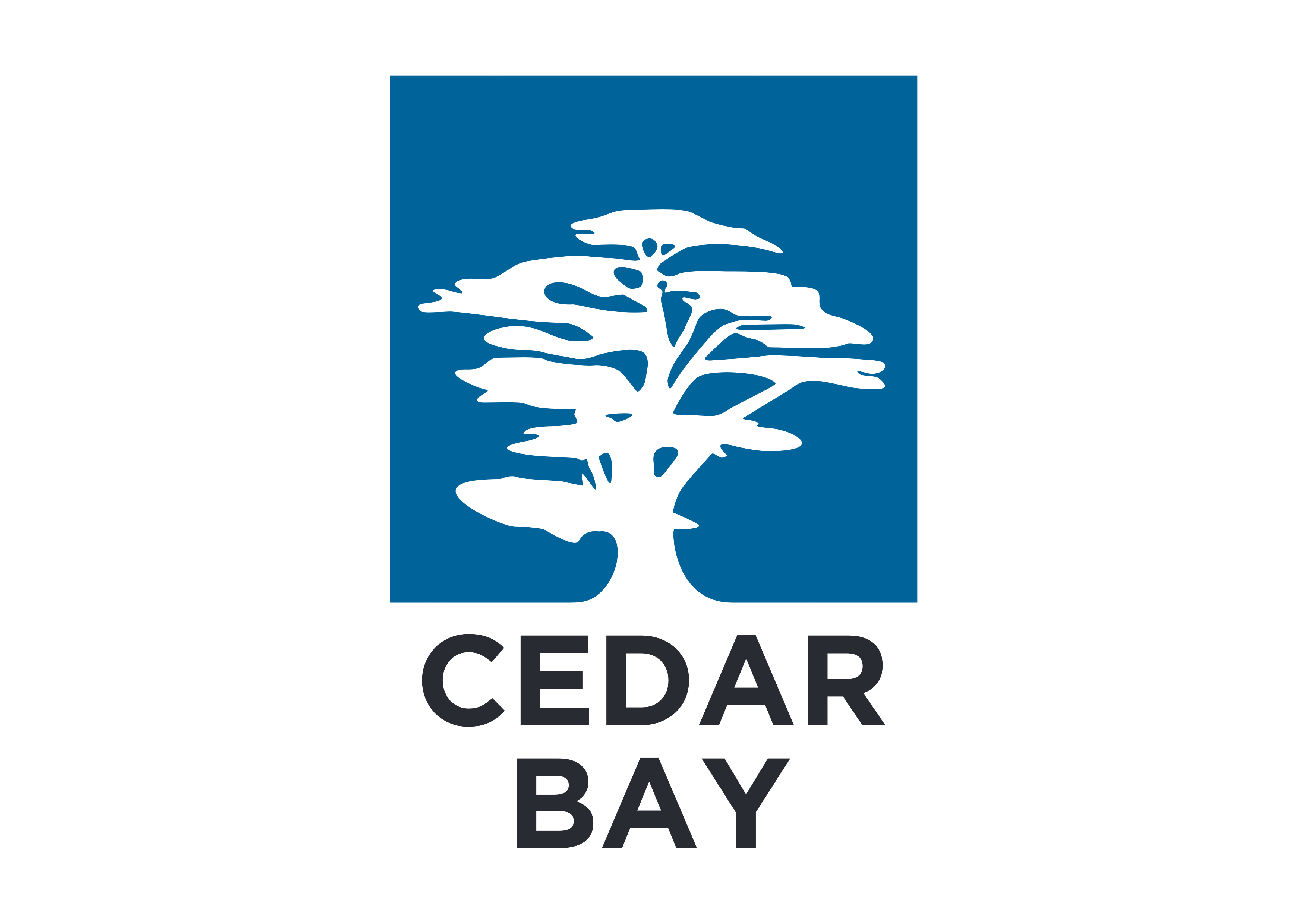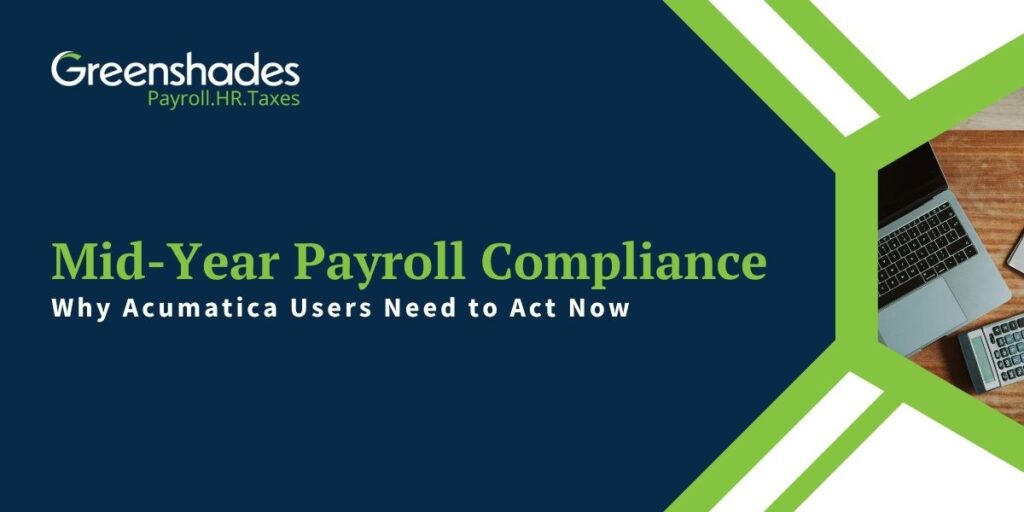As transportation management and shipping software converge, software providers stop thinking about what “they are” and instead about what “customers need” traditionally separate systems begin to overlap
The terms “transportation management system” (TMS) and “multi-carrier shipping software” (or just “shipping software”) used to have very distinct meanings and, more importantly, very different customer bases. However, the lines between them are ever-blurring as it matters less and less what software calls itself, and more and more what business purpose it serves. As increasing numbers of manufacturers and distributors consolidate operations on powerful, cloud-based ERPs like Acumatica, they’ve begun looking for similar consolidation opportunities in transportation and shipping software. Read on for a deeper look into:
- Where lines are blurring between historically separate systems
- Why this is important for all manufacturers and distributors to consider
- What to think about when considering transportation and shipping software
Until recently, transportation management systems were the domain of massive enterprises, while shipping software squarely covered mid-market manufacturers and distributors. Where both functionalities were needed, two separate systems would have to be implemented. Today, however, that is no longer the case.
Blurred Lines
Transportation: The TMS previously handled freight-only. LTL and Truckload. That’s it. However, today, there’s increasing demand for parcel options, and a strong interest in being able to manage parcel shipments alongside transportation optimization operations.
Shipping: Traditionally, shipping software focused mostly on managing parcels but freight (especially LTL) can be an attractive option for some shipments. It’s far more efficient if the weight and/or volume are sufficient, but using parcel-specific systems to access freight modes doesn’t work particularly well.
The important thing to know, though, is that this is highly specialized software, and can only truly serve you if designed to fully integrate with your Acumatica deployment. Siloing this software largely defeats the purpose of bringing multiple systems into a single interface.
Important Considerations
Manufacturers and distributors are increasingly seeing a need for transportation and shipping flexibility. Logistics operations are in a constant state of uncertainty, and the only guaranteed need is the need to pivot quickly to confront those uncertainties. That can often mean switching modes depending on market conditions, but it’s impossible to do that when a new mode requires implementation of a new system. Additionally, comparing rates or travel times across modes is virtually impossible without a single interface approach.
Part of the reason you probably went with Acumatica in the first place is its ability to add some stability to counterbalance the uncertainties of manufacturing and distributing goods. So, it makes sense to identify the right transportation and shipping software to pick up where the ERP leaves off.
What to Think About
Selecting new transportation and shipping software is all about balancing the immediate needs driving the purchase with the still-unknown future it will have to adapt to. In reality, this becomes a strategic business decision intertwined with others about how things will unfold in months, quarters, and years to come. Perhaps the greatest imperative is selecting software that can support needs still not yet known or defined. Paradoxical as it may seem, this is really just a matter of flexibility: it’s not too difficult to predict the hundreds of things that might happen, but nearly impossible to know which, or in what order they will occur.
One uncertainty you never want to deal with, however, is the strength of your ERP-shipping software integration. A cloud-based ERP like Acumatica is a phenomenal “partner” to your operations, but only a fully integrated transportation and shipping management package will be able to harness all that power to actually move goods to customers.
Is it a TMS? Is it shipping software? Does it really matter? The answers are: “yes,” “yes,” and “probably not.” All that does matter is that manufacturers and distributors have a sense of how they will be able to use it and use it in conjunction with their Acumatica ERP. The strength of that integration, and the ability to use the solutions in concert with one another is the real question. Fortunately, there is the 3G suite, with transportation management and shipping modules. Even better, it’s the only multi-carrier shipping software to offer a Fulfilled by Acumatica integration, which guarantees that it’s the one connection you’ll never have to worry about.
Want to learn more about how previously-separated products are coming together as single solutions, ready to connect directly to your Acumatica ERP? Click here to contact us today.




